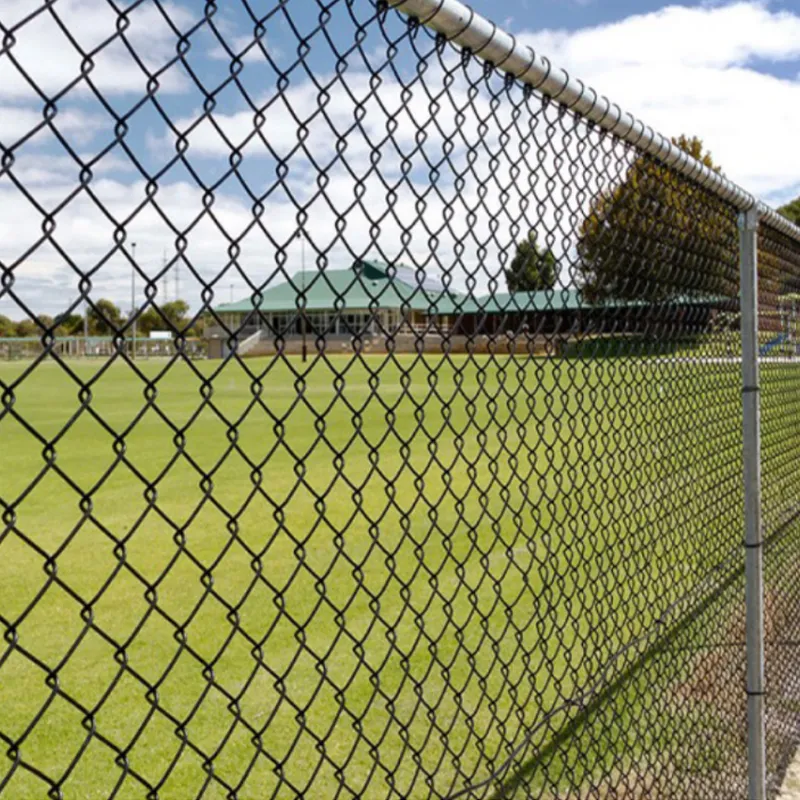
- Afrikaans
- Albanian
- Arabic
- Armenian
- Azerbaijani
- Basque
- Belarusian
- Bengali
- Bosnian
- Bulgarian
- Croatian
- Czech
- Danish
- Dutch
- English
- Esperanto
- Estonian
- Finnish
- French
- Galician
- Georgian
- German
- Greek
- hawaiian
- Hindi
- Hungarian
- Indonesian
- irish
- Italian
- Lao
- Latvian
- Lithuanian
- Luxembourgish
- Macedonian
- Maltese
- Myanmar
- Norwegian
- Polish
- Portuguese
- Romanian
- Russian
- Serbian
- Slovak
- Somali
- Spanish
- Swedish
- Thai
- Turkish
- Turkmen
- Vietnamese
Οκτ . 05, 2024 15:53 Back to list
what is a padel tennis court
What is a Padel Tennis Court?
Padel tennis is a racquet sport that combines elements of tennis and squash, gaining immense popularity across the globe, particularly in Spain and Latin America. A vital aspect of this game is the unique design of the padel court itself, which sets it apart from traditional tennis courts. In this article, we will delve into the characteristics of a padel tennis court, its dimensions, and the materials used in its construction.
Dimensions of a Padel Court
A standard padel court is enclosed and relatively smaller than a tennis court. Its dimensions measure 20 meters (approximately 65.6 feet) in length and 10 meters (about 32.8 feet) in width. The court's geometry is designed to create a more dynamic and strategic game, necessitating quick reflexes and sharp skills from players.
The playing area is divided into two halves by a net that stands 88 centimeters (about 34.6 inches) high in the center and 92 centimeters (approximately 36.2 inches) at the sides. The net acts as a dividing line, similar to tennis, but the enclosed space allows for a unique play style that incorporates elements of wall play.
Enclosure and Walls
One of the defining features of a padel court is its enclosure, which consists of walls made from a combination of glass and concrete. The back walls are typically constructed from tempered glass, increasing visibility for spectators while allowing for the ball to be played off them, similar to squash. This wall feature adds an exciting twist to the game, as players can strategically use the walls to bounce the ball back into play.
The side walls of a padel court are usually made from solid material, which can be a combination of concrete or other suitable materials, providing durability while ensuring that players have a reliable surface to play against. The blend of wall materials facilitates a dynamic interaction between players and the court itself, contributing to an engaging game dynamic.
what is a padel tennis court

Court Surface
The surface of a padel court plays a crucial role in the game. Traditionally, padel courts are made with artificial turf, providing a controlled playing environment that ensures consistent ball bounce and grip. The surface is often designed with a specific pile height and density to maximize player comfort and performance. Some professional courts may use a hard court surface similar to that found in traditional tennis, but the most popular and player-friendly option remains artificial turf.
Additionally, the color of the playing surface is often bright green or blue, enhancing visibility for both players and spectators. The maintenance of the court surface is essential to ensure it remains in optimal condition, allowing for an exhilarating and safe playing experience.
Lighting and Spectator Area
Many padel courts are designed with overhead lighting to allow for night play, extending the usability of the facility. Adequate lighting is critical not only for the players but also for spectators who may be watching the game. Spectator viewing areas are typically incorporated either along the sides or behind the glass walls to provide a front-row view of the action.
Moreover, the placement of seating can influence the social atmosphere of a padel match. Courts often feature casual seating arrangements that encourage community engagement and social interaction among players and spectators alike.
Conclusion
In summary, a padel tennis court is a well-thought-out space that combines specific dimensions, wall features, and surface materials to create an engaging sporting environment. The unique design of the court contributes to the distinctive nature of padel as a sport, emphasizing skill, strategy, and interaction with the physical space. As the popularity of padel continues to rise, understanding the characteristics of the padel court becomes essential, whether you’re a player, a coach, or a spectator. The next time you step onto a padel court, take a moment to appreciate the carefully crafted environment that enhances your game.
-
Your Ultimate Solution for Australian Temporary Fencing
NewsMay.14,2025
-
The Ultimate Guide to Crowd Control Barriers: Secure Your Events with Ease
NewsMay.14,2025
-
Secure Your Livestock with High-Quality Livestock Fence Panels
NewsMay.14,2025
-
Enhance Your Livestock Management with Top-Quality Cattle Fences
NewsMay.14,2025
-
Enhance Security and Safety with Temporary Fencing Solutions
NewsMay.14,2025
-
Corral Gates
NewsMay.14,2025









